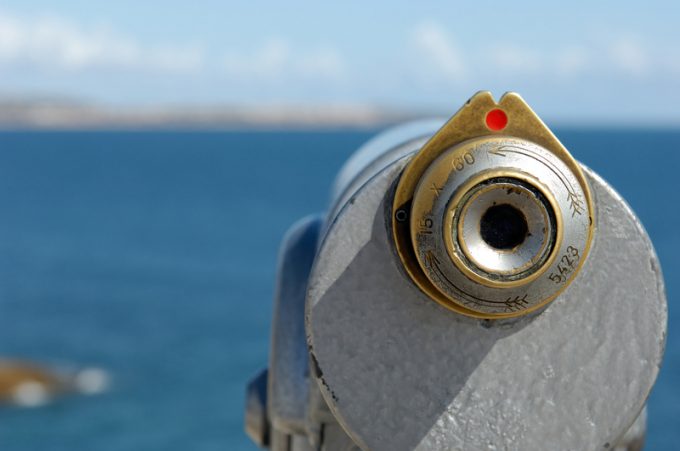Box ship overcapacity threat from carrier appetite for new tonnage
Liner analysts have warned that the supply and demand curve will continue to widen before ...

Carriers are coming under some pressure from their major VIP shippers to announce temporary network changes, so that their supply chains can be adjusted to match.
Amid the scheduling chaos caused by diversions and delays, carriers continue to issue blank sailing announcements for Asian export loaders, ...

Comment on this article